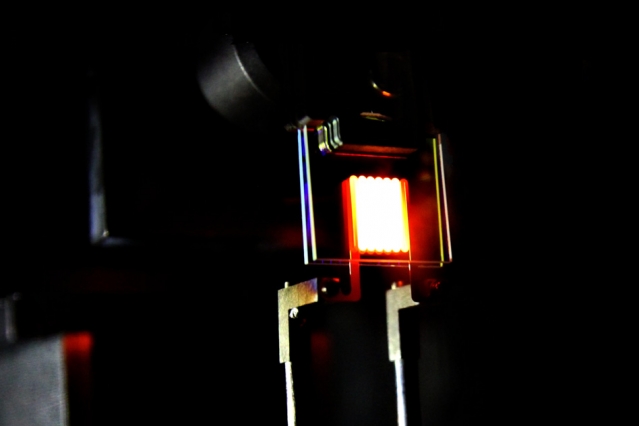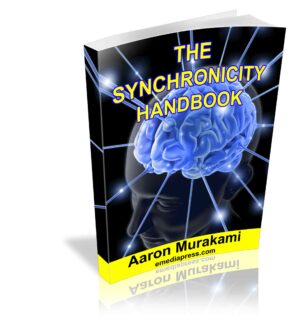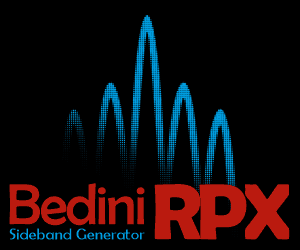
Having started my journey in light therapy around 20 years ago, I have seen a lot of technologies come and go. One astounding evolution is that the quality and power of LEDs (light emitting diodes) have increased substantially while the cost has gone down.
Because of this fact, one would think that light therapy devices would become more amazing and more affordable but instead, the devices have become more flashy with with ridiculous price increases.
This is obviously only made possible because these manufacturers are simply preying on the average person’s lack of knowledge about the modality in general and definitely their lack of knowledge about the technology itself.
In this presentation, it’s all laid out. We cover the general history of light therapy, how laser therapy evolved into LED therapy. Although laser therapy still exists, there are more reasons to use LEDs. We look at the origins of LEDs in light therapy devices. My personal mentors worked directly with the first man who ever used an LED for therapeutic purposes and you’ll learn the real history in this presentation.
Get your copy here: Red Light Power
This is a preview…
Besides the history, you’ll learn about multiple, proven applications of red and infrared light therapy, which are all backed by published studies you can look up in PUBMED yourself. PUBMED is an archive of published medical papers under the National Institute of Health’s Library of Medicine.
You’ll learn the basic and simple to understand biological mechanisms at the cellular level of what happens when light is used on the body and specifically red and infrared. You’ll also learn why pulsed LEDs are better than steady red light and what frequency set has more history than virtually every other frequency set combined!
Get your copy here: Red Light Power
This presentaiton is very comprehensive and even if you’re familiar with red light therapy, you will most likely learn quite a bit about it that you have never heard of.
The presentation ends with some simple recommendations of DIY (Do It Yourself) methods to have the same benefits of light therapy devices that cost hundreds to thousands for around $50! Also, there are a lot of advertisements lately for red light devices that stimulate the growth of hair. The problem is that it costs around $1000 for something that really doesn’t cost a lot to manufacture. For under $50, you can get something that will be just as effective, which literally saves you nearly $1000!
There are countless applications for red and infrared light therapy from hair growth, reducing wrinkles, speeding the healing of wounds, relaxing tight muscles, improving mobility in joints and many others.
Get a copy of Red Light Power – it empowers you with a literal fortune’s worth of information while helping you to protect yourself from getting ripped off by unscrupulous companies who are preying on the fact that most people do not know what is in this presentation!
Get your copy here: Red Light Power





